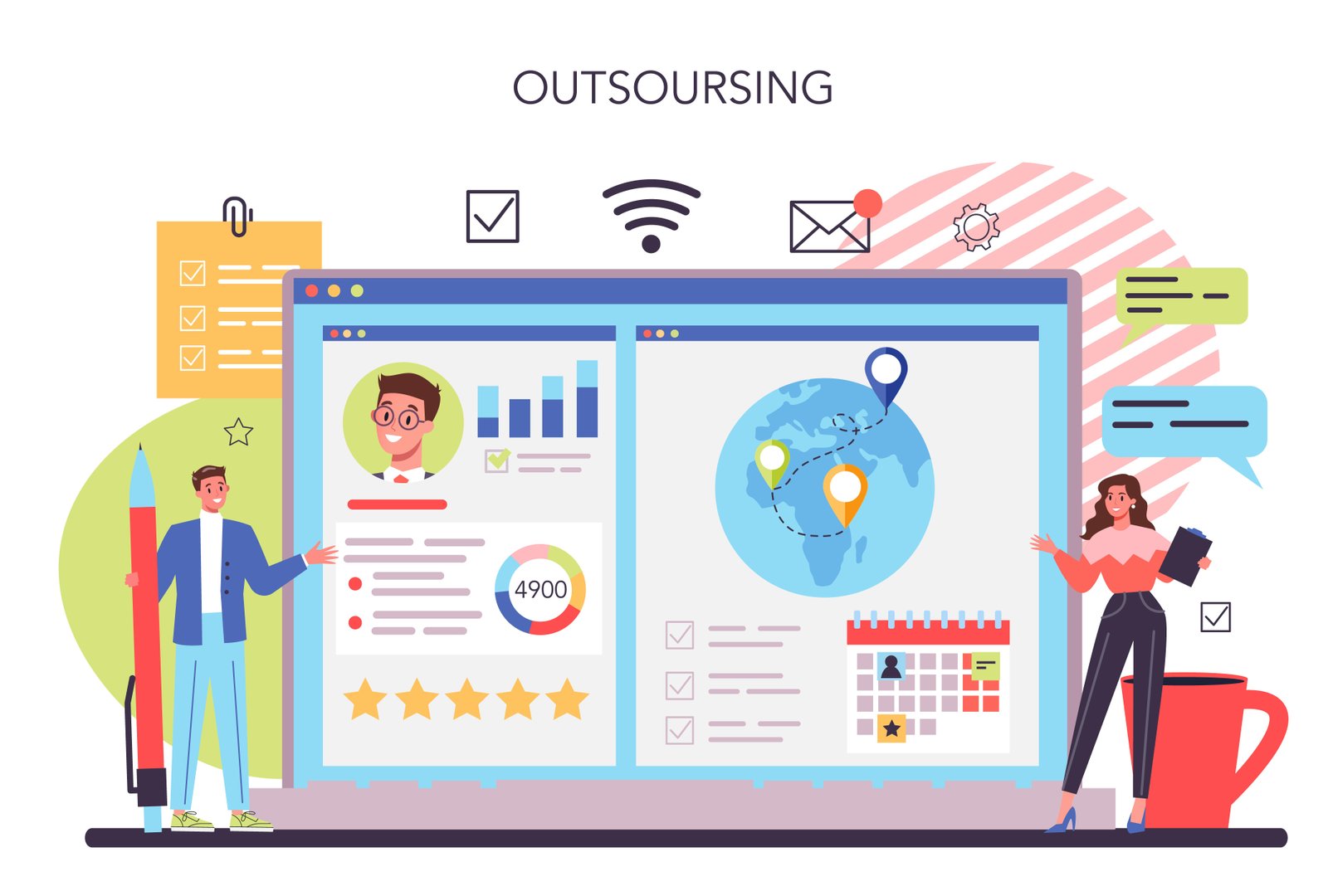No products in the cart.
A guide to choosing CRM, ERP, POS, or custom software in Laos.
In today’s digital age, selecting the right software solutions is critical for Lao businesses to thrive amid growing competition and technological advances. Whether you are running a small retail shop, an expanding manufacturing firm, or a service provider, choosing the best software—be it Customer Relationship Management (CRM), Enterprise Resource Planning (ERP), Point of Sale (POS), or custom systems—can dramatically improve operational efficiency, decision-making, and customer satisfaction.

This comprehensive guide offers practical advice and key considerations tailored to Lao businesses in 2025, helping you make informed software choices that align with your goals and budget.
Why Software Matters for Businesses in Laos
With Laos undergoing rapid digital transformation, government initiatives have encouraged wider adoption of technology in sectors including commerce, manufacturing, tourism, and logistics. Software solutions help businesses:
Streamline workflows and automate repetitive tasks
Gain real-time insights into operations and customer behavior
Enhance service delivery and customer engagement
Comply with Myanmar’s evolving digital and tax regulations through integrated reporting
Types of Essential Business Software
1. Customer Relationship Management (CRM)
CRMs help manage interactions with current and potential customers, tracking sales activities, marketing efforts, and customer service requests. Popular CRM options suitable for Lao SMEs include Salesforce, HubSpot, and Zoho CRM, many of which offer cloud-based and scalable plans.
Key benefits:
Improved sales pipeline visibility
Personalized marketing campaigns
Enhanced customer retention through timely follow-ups
2. Enterprise Resource Planning (ERP)
ERP software integrates core business processes such as inventory, purchasing, finances, and human resources into a unified system. Systems like SAP Business One, Odoo, and Microsoft Dynamics are gaining traction in Laos, especially among manufacturers and distributors.
Key benefits:
Centralized data for accurate reporting
Reduced manual errors
Compliance with taxation and import/export regulations
3. Point of Sale (POS) Systems
For retail and hospitality businesses, POS software streamlines sales transactions, inventory tracking, and payment processing. Cloud-based POS tools like Square, Vend, and Loyverse are popular in Laos due to ease of setup and mobile device compatibility.
Key benefits:
Faster customer checkouts
Real-time stock monitoring
Integrated marketing and loyalty programs
4. Custom Software Solutions
Some businesses in Laos opt for custom-built software tailored to specific workflows or niche requirements, particularly in sectors like logistics or telecommunications. Local and regional software developers can provide scalable user-centered solutions aligned with Lao business standards.
Tips for Choosing the Right Software for Your Business
Assess Your Business Needs: Define workflows, pain points, and goals before searching for software.
Scalability and Flexibility: Choose solutions that grow with your business and adapt to changing needs.
Vendor Reputation and Support: Evaluate software providers by user reviews, local support availability, and training resources.
Pricing and Licensing: Compare upfront costs, subscription models, hidden fees, and contract terms.
Integration Capabilities: Ensure the software can integrate with other existing tools such as accounting, e-commerce, or marketing platforms.
User Experience: Choose intuitive software to reduce training time and encourage adoption by your team.
Data Security and Compliance: Verify that the software adheres to data protection laws and supports Lao e-invoicing or tax reporting requirements.
Future Trends in Lao Business Software
Looking ahead, Lao businesses will increasingly adopt technologies such as:
Artificial Intelligence (AI): For predictive analytics, customer support chatbots, and process automation.
Cloud Computing: Enhancing accessibility and reducing IT infrastructure costs.
Mobile-First Solutions: Empowering remote work and on-the-go business management.
Blockchain and IoT: Emerging in sectors like supply chain and finance for enhanced transparency.
The government continues to support digital competency initiatives, making 2025 an ideal year for businesses to invest intelligently in software.
Conclusion
Choosing the right software in Laos requires understanding your unique business challenges and leveraging available technology to meet them. By carefully evaluating software options and aligning them with your strategic goals, your business can boost productivity, customer satisfaction, and long-term growth in the digital era.
About CITS Laos
For comprehensive guidance on digital transformation and software solutions tailored to Laos’ business landscape, turn to CITS Laos. Our expert insights and digital services help you make the best technology choices to empower your business success. Visit cits.la today to learn more.